Ready for prime time.





For older adults with mild high blood pressure, a new study suggests consuming tomatoes may help manage hypertension and may even lower the risk of developing high blood pressure in the first place.
In the study, people without high blood pressure who ate the most tomatoes or tomato-based foods had a 36% lower risk of developing hypertension than those who ate the least.
In people who already had high blood pressure, especially those with stage 1 hypertension, moderate consumption of tomatoes was associated with a reduction in blood pressure.
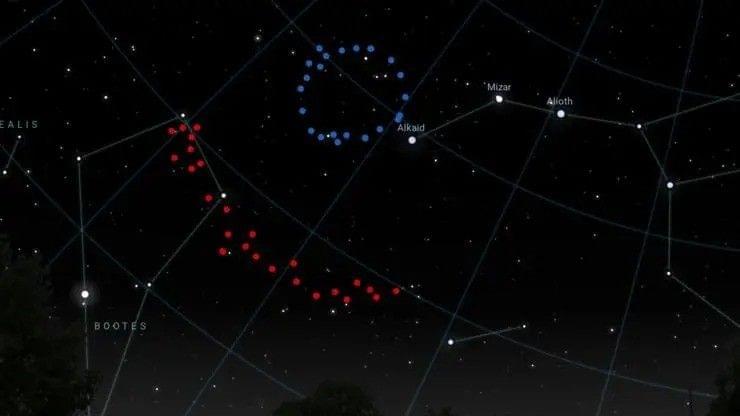
But by analyzing data taken from the Sloan Digital Sky Survey, which studies galaxies illuminated by powerful quasars bursts, the researchers teased apart the evidence for a ring far bigger than the theoretical upper size limit — a stunning coil-like structure aligned face-on with Earth.
“The Big Ring and Giant Arc are the same distance from us, near the constellation of Boötes the Herdsman, meaning they existed at the same cosmic time when the universe was only half of its present age,” Lopez said. “They are also in the same region of sky, at only 12 degrees apart when observing the night sky … [This] raises the possibility that together they form an even more extraordinary cosmological system.”
Although the cause of the gigantic structure is unclear, the researchers first speculated that it could be a remnant of a baryon acoustic oscillation (BAO), a type of sound wave that rippled through the hot plasma of the early universe. Yet further analysis found that the Big Ring was too large and, due to its corkscrew shape, not spherical like BAOs. Alternative explanations suggest that it could possibly be a cosmic string, a hypothetical clumping of matter created in the early universe, or a remnant of something else that could demand an entirely new model to explain it.
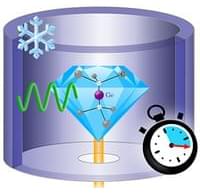

This is good news potentially. TL1A have the potential of helping with inflammatory bowel disease, and arthritis and inflammatory diseases but it won’t come out, until half a decade from now.
Biotech stock investors are hoping for a repeat performance from the suite of TL1A drugs.
Proving The Drug’s Merit
First, the companies are looking to prove the drugs’ merit in ulcerative colitis and Crohn’s disease. So far, that venture has paid off handsomely for the biotech stocks involved.
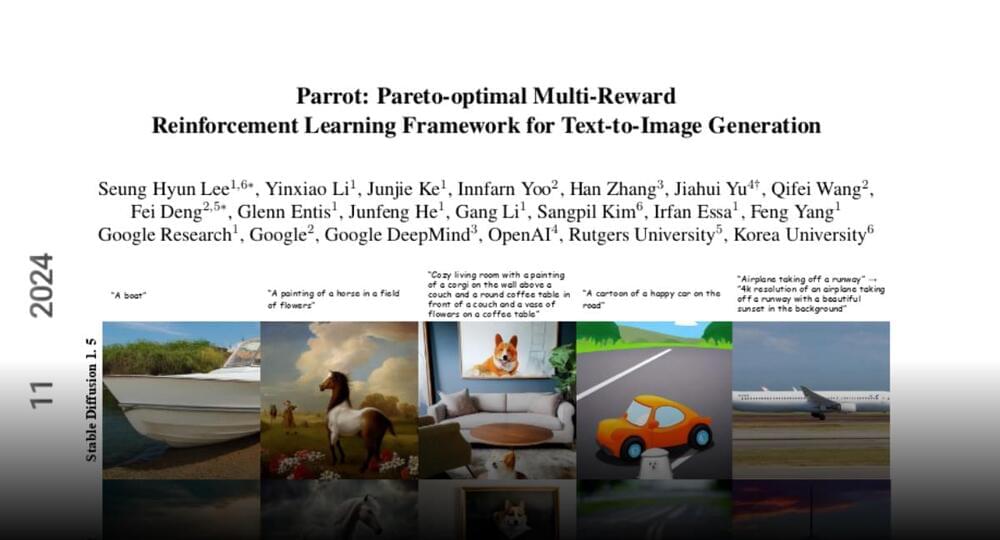
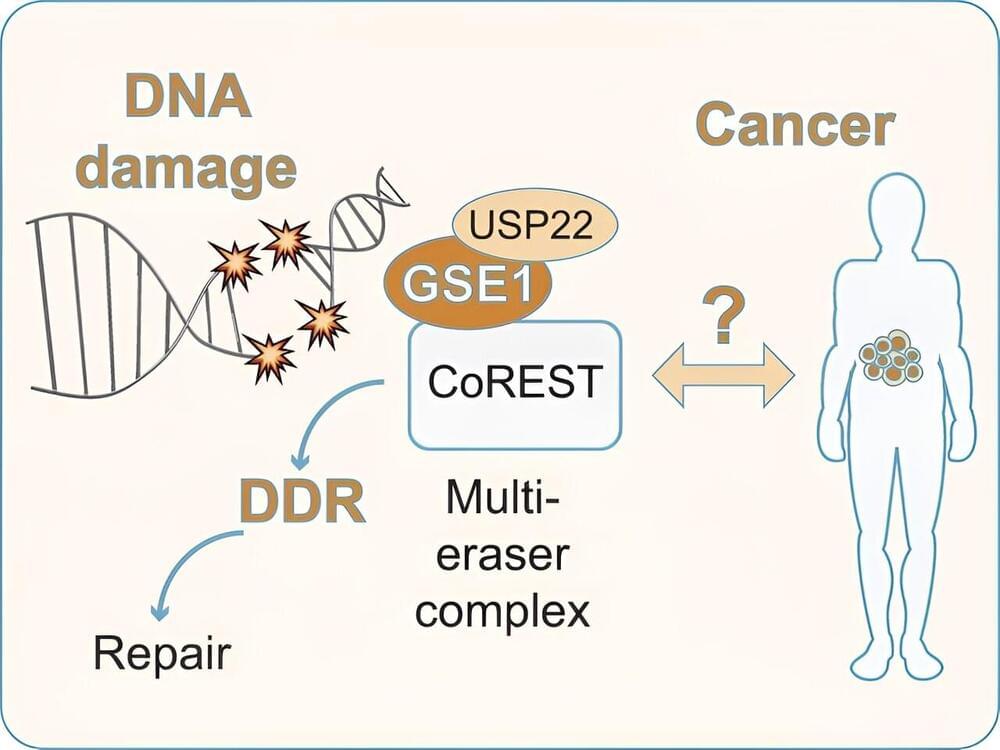
The repair of damage to genetic material (DNA) in the human body is carried out by highly efficient mechanisms that have not yet been fully researched. A scientific team led by Christian Seiser from MedUni Vienna’s Center for Anatomy and Cell Biology has now discovered a previously unrecognized control point for these processes.
This discovery could lead to a new approach for the development of cancer therapies aimed at inhibiting the repair of damaged cancer cells. The research work was recently published in the journal Nucleic Acids Research.
GSE1-CoREST is the name of the newly discovered complex that contains three enzymes that control DNA repair processes and could form the basis for novel cancer therapeutics. “In research, these proteins are already associated with cancer, but not in the context that we have now found,” emphasizes Seiser, who led the study in close collaboration with researchers from the Max Perutz Labs Vienna.
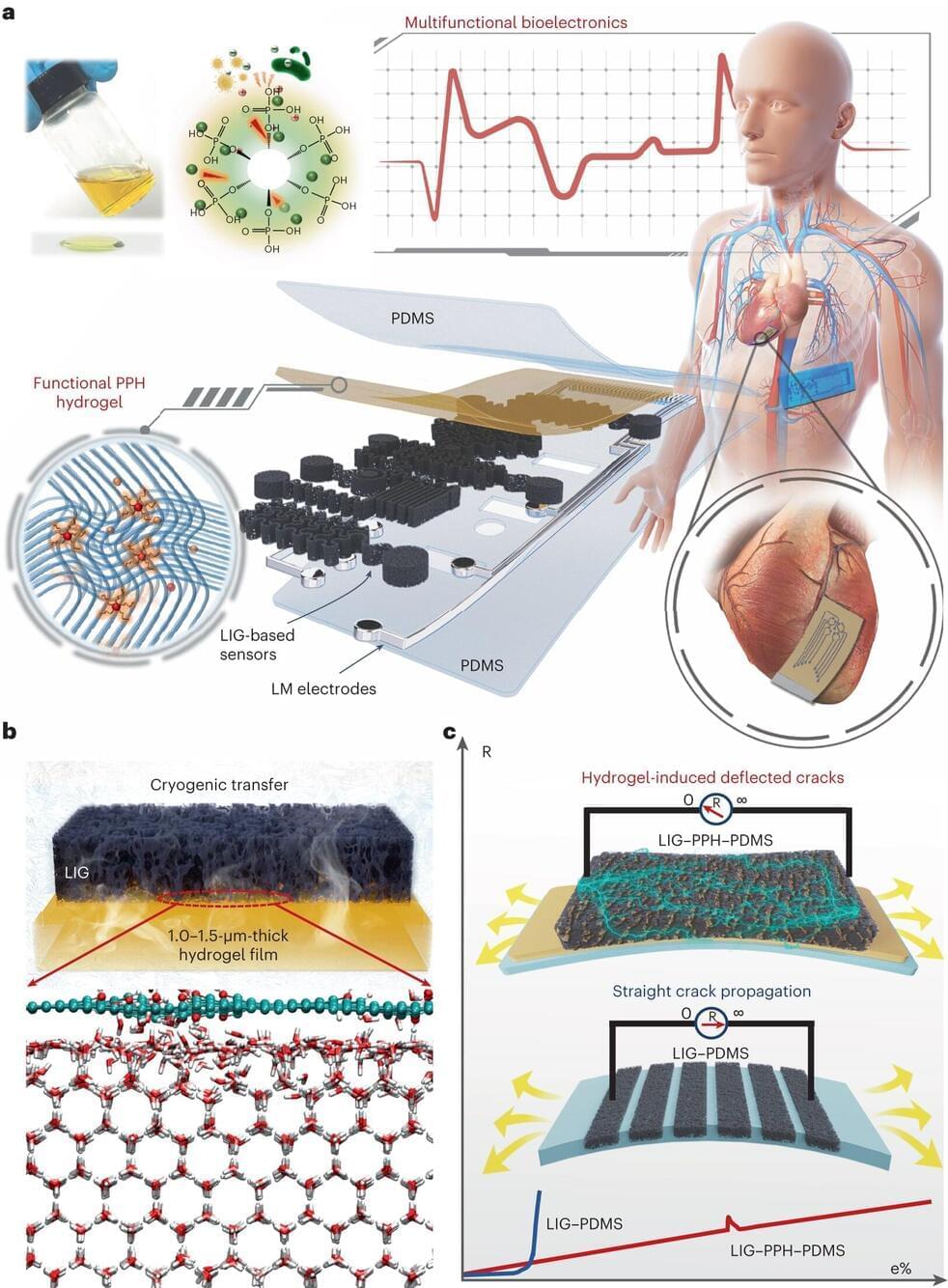
A recent study published in Nature Electronics discusses stretchable graphene–hydrogel interfaces for wearable and implantable bioelectronics.
Stretchable and conductive nanocomposites with mechanically soft, thin and biocompatible features play vital roles in developing wearable skin-like devices, smart soft robots and implantable bioelectronics.
Although several design strategies involving surface engineering have been reported to overcome the mechanical mismatch between the brittle electrodes and stretchable polymers, it is still challenging to realize monolithic integration of various components with diverse functionalities using the current ultrathin stretchable conductive nanocomposites. This is attributed to the lack of suitable conductive nanomaterial systems compatible with facile patterning strategies.